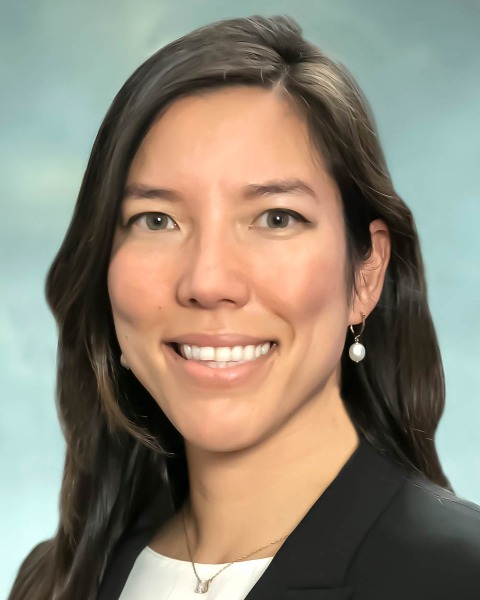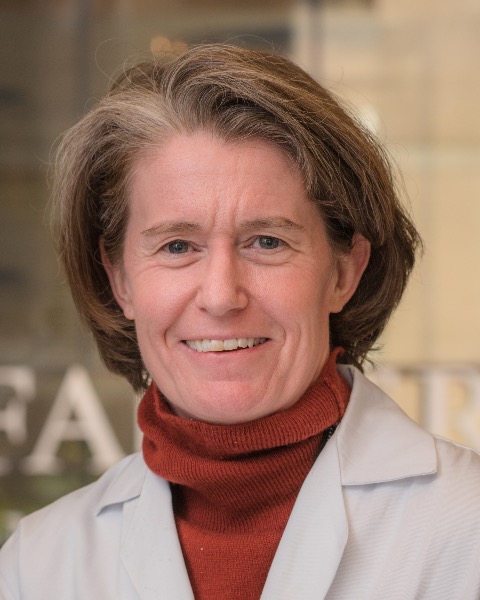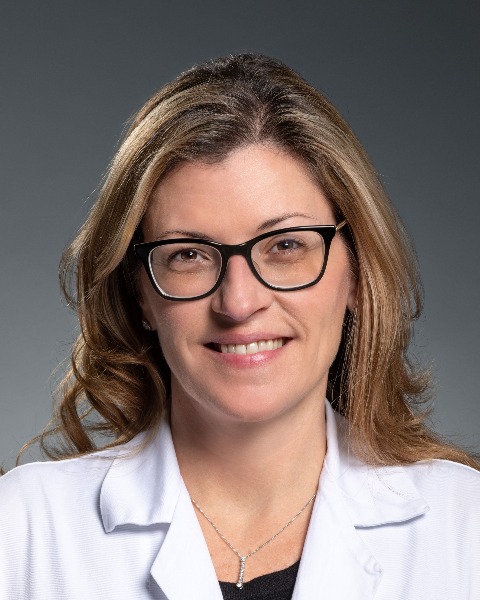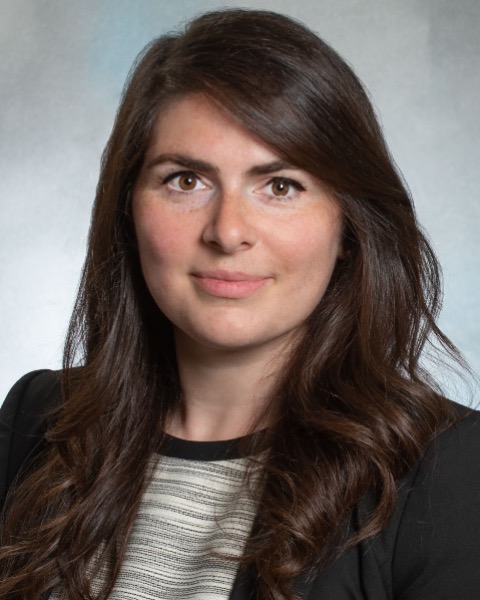Breast
E38: Breast Cancer Presentation and Treatment Patterns in Sexual and Gender Minorities: An Institutional Experience

Gabi Barmettler, MD
Breast Surgical Oncology Fellow
Massachusetts General Hospital/Dana Farber Cancer Institute- Brigham
Boston , Massachusetts, United States
Gabi Barmettler, MD
Breast Surgical Oncology Fellow
Massachusetts General Hospital/Dana Farber Cancer Institute- Brigham
Boston , Massachusetts, United States
Gabi Barmettler, MD
Breast Surgical Oncology Fellow
Massachusetts General Hospital/Dana Farber Cancer Institute- Brigham
Boston , Massachusetts, United States- SL
Saskia Leonard, BS
Research Coordinator
Dana Farber Cancer Institute, United States 
Andreas Giannakou, MD
Breast Surgical Oncology Fellow
Massachusetts General Hospital/Dana Farber Cancer Institute- Brigham, United States.jpg)
Ko Un Park, MD (she/her/hers)
Associate Surgeon
Brigham and Women's Hospital, Dana Farber Cancer Institute
Quincy, Massachusetts, United States- CS
Claire Smith, M.D.
Assistant Professor
Dana Farber Cancer Institute, United States 
Elizabeth A. Mittendorf, MD, PhD, MHCM (she/her/hers)
Professor of Surgery
Brigham and Women's Hospital, Dana Farber Cancer Institute
Boston, Massachusetts, United States
Tari A. King, MD (she/her/hers)
Chief, Division of Breast Surgery
Brigham and Women's Hospital, Dana-Farber Cancer Institute
Boston, Massachusetts, United States
Olga Kantor, MD (she/her/hers)
Assistant Professor
Brigham and Women's Hospital
Boston, Massachusetts, United States
ePoster Abstract Author(s)
Submitter(s)
Author(s)
There is limited data on breast cancer in sexual and gender minority (SGM) patients. The aim of this study was to examine differences in breast cancer presentation, management, and recurrence between cisgender heterosexual women (CHW) and SGM in an urban institutional cohort.
Methods: Our prospectively collected institutional data base was reviewed to identify patients undergoing surgical management for a first incidence of clinical stage 0-III breast cancer from 2016-2022. SGM were defined as sexual and/or gender identification of at least one of the following as self-documented in the medical record: nonbinary, lesbian, gay, bisexual, transgender, queer, intersex, asexual, or pansexual. Descriptive statistics were used to compare characteristics of CHW with patients identifying as SGM.
Results:
Among 5,346 patients, 5,204 (96.7%) identified as CHW and 142 (2.6%) identified as SGM. SGM patients were younger, with 55 (38.7%) SGM diagnosed at age < 50 years compared to 1,565 (30.0%) CHW (p=0.03). There were no differences in presence of clinical symptoms, stage, grade or breast cancer subtype between SGM and CHW patients. SGM patients were more likely to have genetic testing (31.7% vs 21% in CHW, p< 0.01) although rates of germline pathogenic variants were similar in those tested (15.6% in SGM vs 17.3% in CHW, p=0.77). The difference in genetic testing between SGM and CHW persisted when adjusted for age. SGM and CHW patients had similar rates of breast conservation (57.0% vs 65.5%, p=0.10) but amongst those undergoing mastectomy, SGM patients were less likely to have reconstruction, (53.3% vs 73.2%) p< 0.01. Surgical trends did vary by gender and sexual identity (Figure). Rates of radiation, chemotherapy, and endocrine therapy were similar (p >0.1). At a median follow-up of 30 months, there was no difference in disease recurrence (1.3% in CHW vs 0.8% in SGM, p=0.66).
Conclusions: SGM and CHW patients treated within a tertiary cancer center setting had similar presentation, stage, and treatment of breast cancer. SGM patients were less likely to undergo reconstruction after mastectomy, although this varied by SGM identification. Future research using patient reported outcomes data is needed to understand how local therapy impacts patient outcomes in sexual and gender minorities with breast cancer.
Learning Objectives:
- Understand differences in presentation of breast cancer in sexual and gender minorities
- Describe differences in surgical treatment patterns in sexual and gender minorities compared to cisgender heterosexual women
- Examine use of genetic testing for breast cancer related genes in sexual and gender minority patients.
